Boise County Idaho
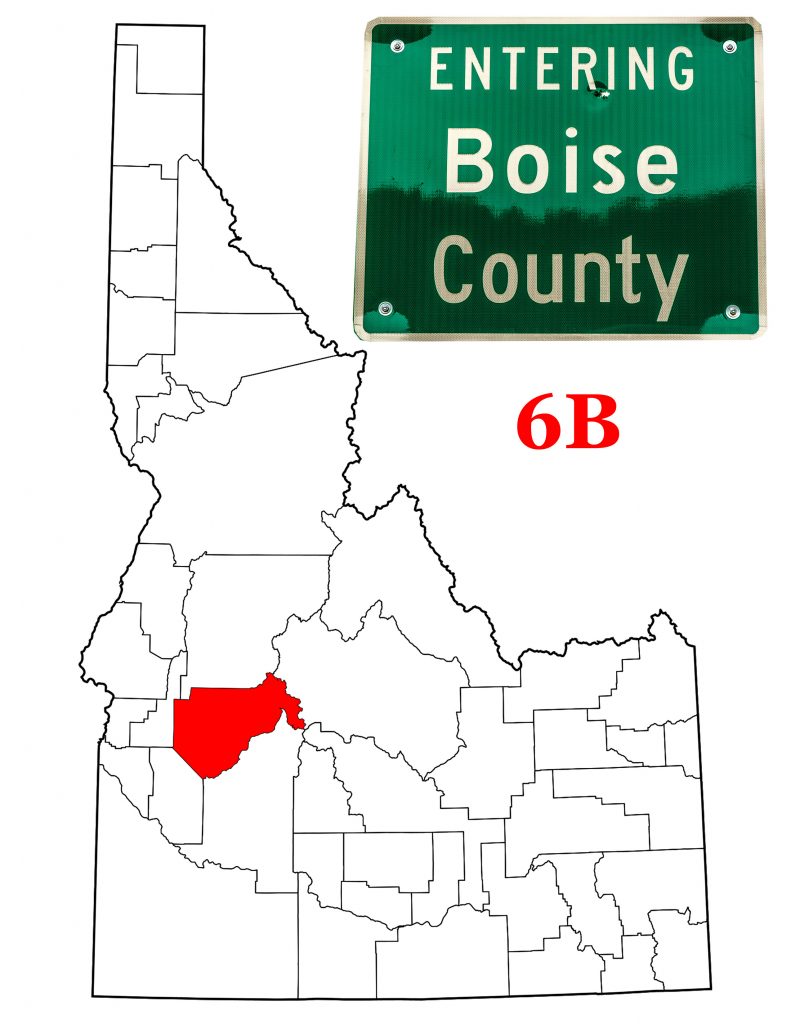
Introduction to Boise County Idaho
On February 4th, 1864, the Idaho Territorial Legislature created Boise County. They named Idaho City as County Seat. This made the County one of the Territory’s seven original counties. Over the next fifty-three years, Boise County gave up land in the creation of four more counties. Today, the County covers 1,907 square miles, most of it mountainous timberland. This is appropriate given that Boise comes from the French boisé which means “wooded.” The estimated 2019 population of 7,831 is the highest count ever for Boise County. Early, unofficial guesses say that over 10,000 miners lived in Idaho City during gold rush days.
Gold–the reason for Boise County’s existence
It was gold that brought white folk to what is now Boise County. The 1862 discovery of gold in the Boise Basin brought in many miners. So many that Idaho City was, briefly, the largest city in the northwest. I would even say that Boise Basin gold rush led directly to the formation of Idaho Territory in 1863. The Boise County website has a detailed history of the rush and what it meant to Idaho Territory.
Idaho City–the Boise County Seat
Idaho City, originally named Bannock, was founded in 1862 as a result of the Boise Basin gold rush. This was the largest rush since the California rush a decade earlier. Fearing confusion with Bannack, the capital of the new Montana Territory, the Idaho Territorial Legislature renamed the town Idaho City.
The gold camp grew quickly into a city, but one built primarily of wood. As a result, the town burned four times in its first ten years. St. Joseph’s Catholic Church opened in 1864, the first Catholic parish in Idaho. (This does not include the mission churches Fathers Ravalli and DeSmet built further north.) The Masons also played their part in the City’s history. They founded the Grand Lodge of Idaho there in 1867.
Idaho City even had a large Chinatown in its early days, but there is little evidence of that presence today. With the fading of the mines, the town declined in population until 1920 when only 104 people called it home. Now, between timber and tourism, the town has grown to a 2010 population of 485, the highest count since 1880. That is still just a fraction of its early glory.
Other Boise County Communities
Horseshoe Bend
Horseshoe Bend, on the Payette River, is Boise County’s largest community with a 2010 population of 707. The town got its start as a staging area for the miners following the gold. Miners forced to wait at lower elevations until the snow melted. The local sawmill was owned by a man named Warriner. The settlement that grew up around the mill was called Warrinersville. The town changed its name to Horseshoe Bend in 1867. Their inspiration was the bend in the Payette just outside of town.
With the decline in mining, the town turned to logging and ranching. In 1913, the railroad came to town. Horseshoe Bend has tried to wrest the County Seat away from Idaho City, so far unsuccessfully. It was notorious, at least for a while in the 1970s, as being a speed trap on Idaho Highway 55. The town hosts a banjo festival each May. It also hosts the National Senior Pro Rodeo in June, and a fall festival in October.
Horseshoe Bend was also home to the Thunder Mountain Line. Thunder Mountain was a scenic railroad that TripAdvisor.com lists as one of four things to do while in town. The railroad got its start as part of the Idaho Historical Railroads in 1998. Unfortunately, it suspended all activity in 2016. Visitors can still find reasonably priced white water adventure on the Payette through Cascade Raft and Kayak. They can also fly over the landscape courtesy of Zip Idaho, both based in Horseshoe Bend. The fourth not to be missed activity that TripAdvisor recommends is shopping. The White Horse Grocery and Mercantile is a new name for the oldest grocery in town, and worth a visit.
Crouch and Placerville
The other two incorporated “cities” are Crouch (162 residents in 2010) and Placerville (53). Crouch is considered part of the Garden Valley, itself a census-designated place with a 2010 population of 394. One of Garden Valley’s most famous residents was Paul Revere Dick, leader of Paul Revere and the Raiders, who died at his Garden Valley home in 2014.
Placerville, as its name would suggest, is another mining camp that grew and almost died with the mining boom and subsequent bust. The current population is up considerably from the 1960 count of 12, or even the 1990 count of 14. Obviously this ghost town refuses to die.
Robie Creek
Ironically, the largest population center in Boise County is a Census-Designated Place called Robie Creek. Essentially a rural bedroom for Boise, Robie Creek had 1,162 residents counted in the 2010 Census. It counts among its amenities, the Robie Creek Park. The park is part of the Lucky Peak Dam and Lake created and operated by the U.S. Army Corps of Engineers.
The Economy of Boise County
Farms in the County average 563 acres in size, but average farm sales are less than average agricultural expenses. The 2017 Census of Agriculture https://www.nass.usda.gov/Publications/AgCensus/2017/Online_Resources/County_Profiles/Idaho/cp16015.pdf shows only 90 farms in the County. County farm sales ranked 43rd of Idaho’s 44 counties. The Livestock Inventory counted 2415 cows and calves in 2017—or more than one cow for every three people. By way of contrast, neighboring Ada County counted 52,082 cows and calves on the same date.
The economy of the County as a whole has had major problems. In 2011 the County filed for Chapter 9 Federal Bankruptcy Protection. In the Alamar Ranch LLC v Boise County case, the County faced a $4 million judgment. The firm proposing to build a residential treatment facility for troubled youth faced so many obstacles put forth by the County that they sued under the Fair Housing Act. The County not only lost the case, but their petition for bankruptcy protection was denied.
In a further blow, Boise County had been relying on Federal Funds through the Secure Rural Schools Act. The County is one of the very few in the state to offer preschool (something not provided for by the State of Idaho). Congress let the funding expire in 2015.
My Drives Through Boise County
With the exception of Idaho Highway 52, which has its eastern terminus in Horseshoe Bend, some 5 miles into the County, the other highways that traverse Boise County are both recognized scenic byways. Idaho Highway 55 running north/south along the Payette River is, appropriately enough, the Payette River Scenic Byway. Idaho Highway 21 is the Ponderosa Pine Scenic Byway. It connects Idaho City with Boise to the south and with Stanley in neighboring Custer County to the northeast. I have driven all three of these roads and they are, indeed, very scenic.
On April 22nd, 2016, I entered Boise County from the north, coming in from Valley County on Idaho Highway 55. At Banks, I turned off 55 and followed the South Fork of the Payette River past Garden Valley. Turning south on what looked like a logging road, I drove up Alder Creek to Placerville. Another glorified logging road took me back to 55 just north of Horseshoe Bend. From Horseshoe Bend, I drove along Idaho 52 to Emmett in Gem County.
Returning from Boise City, I drove the length of Idaho Highway 21, driving through Idaho City then up over Banner Summit to Stanley in Custer County. With the exception of the side trip to Placerville, all the highways were good roads. I will say that if you’re not comfortable with mountain driving, you should probably avoid driving in Boise County. Beautiful the countryside may be. Flat it is most definitely not.
| <Previous Idaho County: Blaine County | Next Idaho County: Bonner County> |
![]()

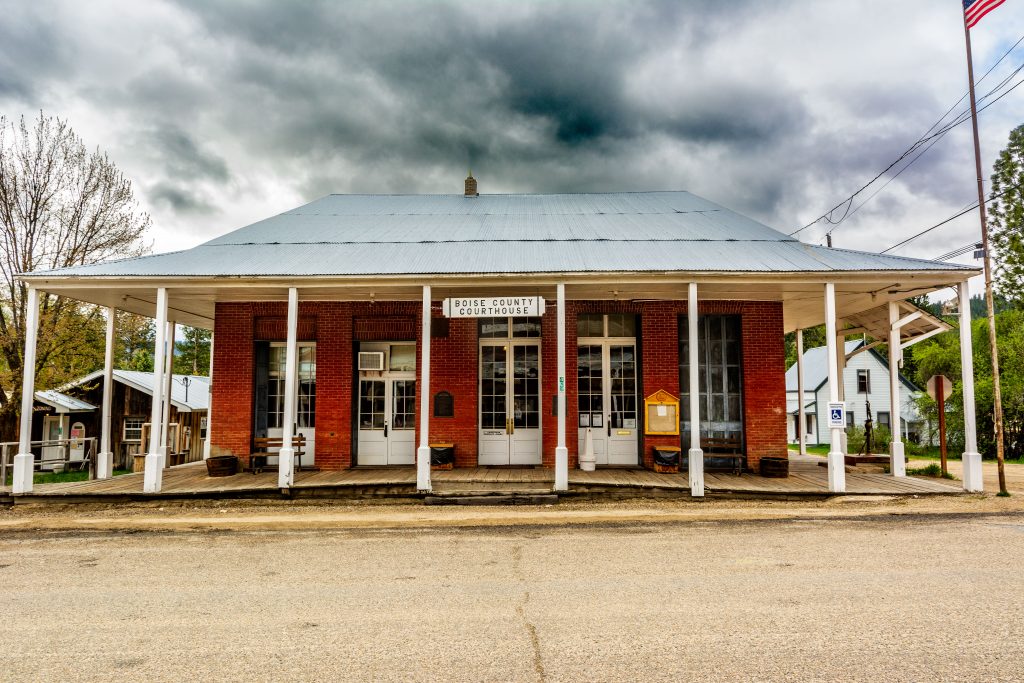
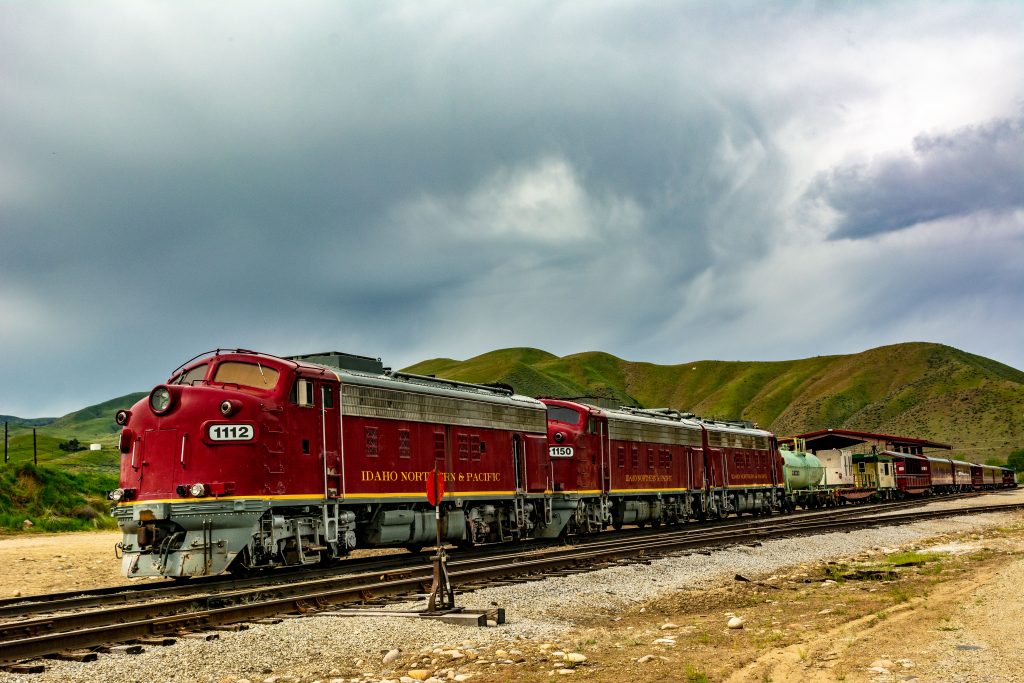
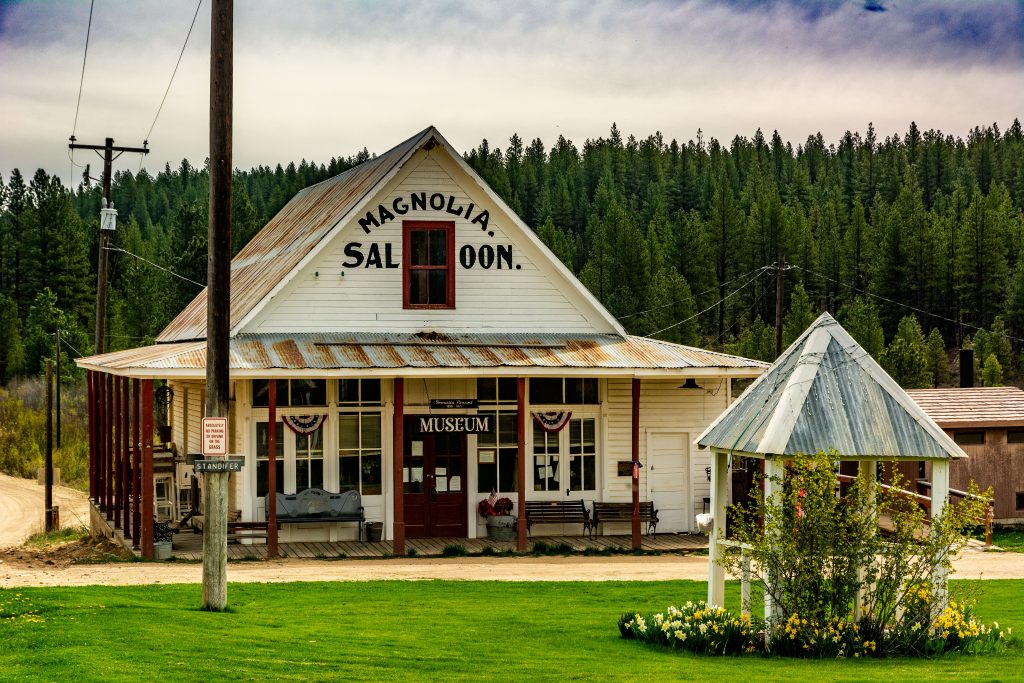
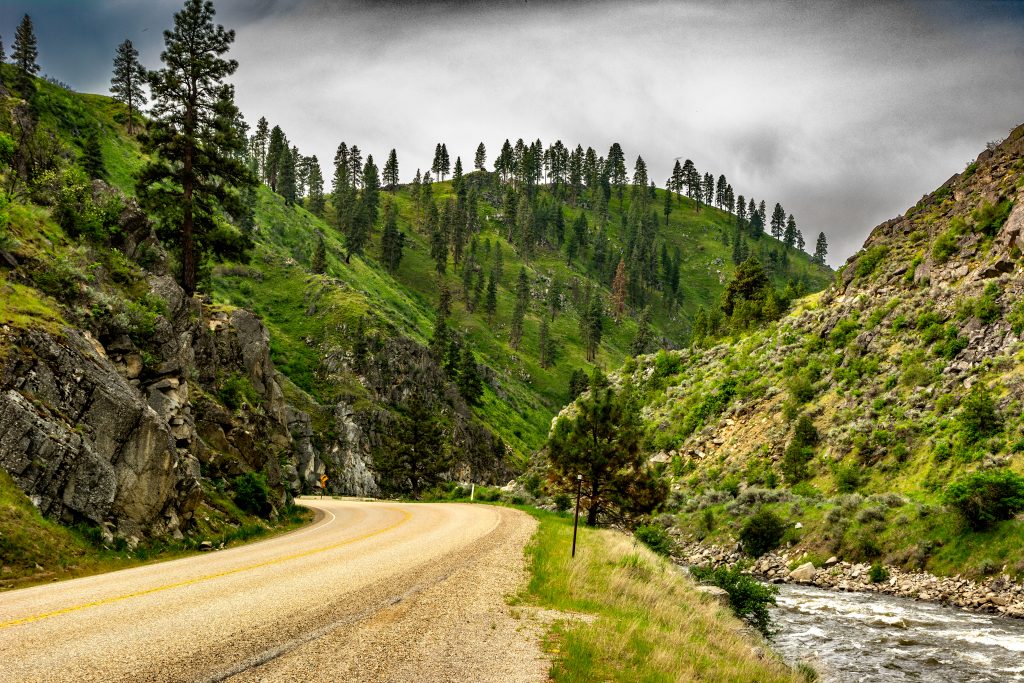
terrific
Thank you. –Bryan
Just wanna comment that you have a very nice website , I enjoy the style it really stands out. Mercie Gris Ball
Thank you. –Bryan